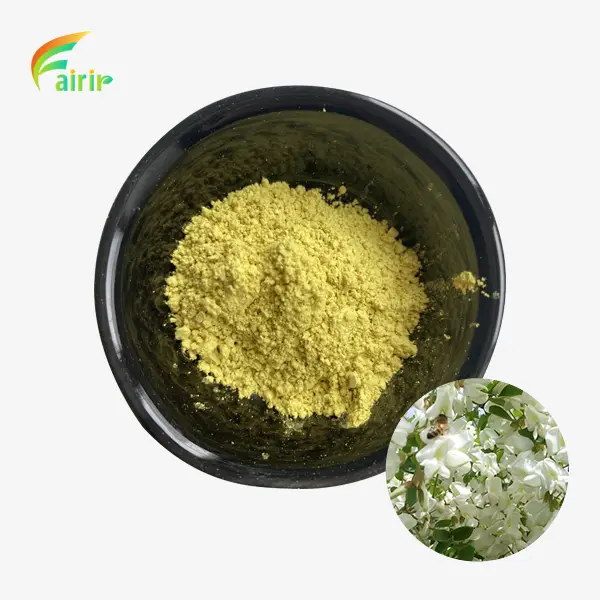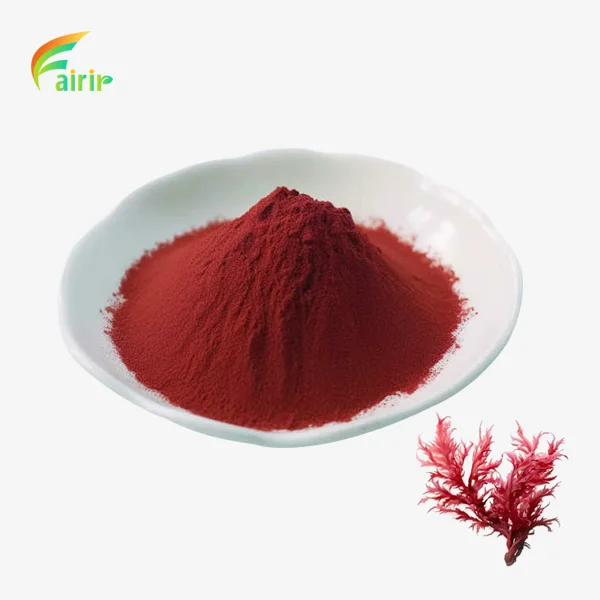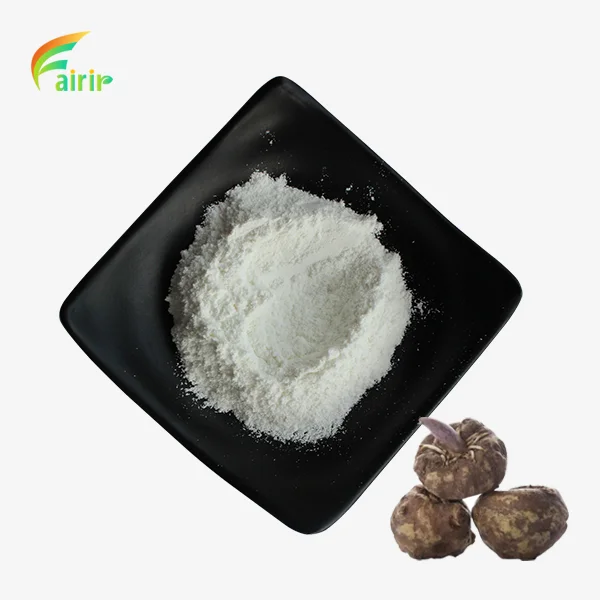Squalane oil vs. squalene: key differences and uses
In the world of skincare and cosmetics, two similar-sounding ingredients often cause confusion: squalane oil and squalene. While they share a common origin, these compounds have distinct characteristics that set them apart in terms of stability, sourcing, and functionality. This blog post aims to demystify the key differences between squalane oil and squalene, exploring their unique properties, sources, and applications in various industries. By understanding these nuances, formulators, skincare enthusiasts, and conscious consumers can make more informed decisions about which ingredient best suits their needs. From chemical stability to ethical considerations and practical uses in skincare, we'll delve into the multifaceted world of these remarkable lipids, shedding light on why squalane has become increasingly favored in modern cosmetic formulations.

Chemical Stability: Why Squalane's Saturated Structure Resists Oxidation More Than Squalene
Molecular Structure Differences
Squalane oil and squalene differ significantly in their molecular structures, which directly impacts their stability and performance in various applications. Squalene is an unsaturated hydrocarbon with six double bonds, making it prone to oxidation when exposed to air and light. This instability can lead to rancidity and reduced efficacy over time. In contrast, squalane oil is a fully saturated version of squalene, created through a hydrogenation process that removes all double bonds. This structural modification results in a highly stable compound that resists oxidation, even when exposed to environmental factors. The enhanced stability of squalane oil makes it an ideal choice for cosmetic formulations, as it ensures a longer shelf life and maintains its beneficial properties throughout the product's lifespan.
Oxidation Resistance Mechanisms
The superior oxidation resistance of squalane oil stems from its saturated structure, which lacks the reactive double bonds present in squalene. This chemical configuration makes it significantly less susceptible to attacks by free radicals and other oxidizing agents. When incorporated into skincare products, squalane oil acts as a protective barrier, shielding other ingredients from oxidation and preserving the overall formulation integrity. This resistance to oxidation also translates to benefits for the skin, as squalane oil can help neutralize free radicals on the skin's surface, potentially reducing oxidative stress and supporting a healthier complexion. The stability of squalane oil ensures that its emollient and moisturizing properties remain consistent throughout the product's use, providing reliable performance in various skincare applications.
Shelf Life and Formulation Advantages
The enhanced chemical stability of squalane oil offers numerous advantages in product formulation and shelf life. Unlike squalene, which may require additional antioxidants or special packaging to prevent degradation, squalane oil remains stable under normal storage conditions. This stability translates to a longer shelf life for products containing squalane oil, reducing the need for preservatives and potentially simplifying formulations. Formulators can leverage squalane oil's stability to create products that maintain their efficacy and sensory qualities over extended periods. Additionally, the oxidation resistance of squalane oil makes it an excellent carrier for other active ingredients, helping to preserve their potency within the formulation. These characteristics make squalane oil a versatile and reliable ingredient in a wide range of skincare, haircare, and cosmetic products, from lightweight serums to rich moisturizers.
Sources and Ethical Considerations: Plant-Derived Squalane vs. Traditional Squalene from Sharks
Traditional Shark-Derived Squalene
Historically, squalene was primarily sourced from shark liver oil, particularly from deep-sea sharks. This practice raised significant ethical and environmental concerns due to its impact on shark populations and marine ecosystems. The demand for shark-derived squalene in cosmetics, pharmaceuticals, and other industries contributed to overfishing and threatened the sustainability of certain shark species. As awareness of these issues grew, many companies and consumers began seeking alternatives. The traditional extraction of squalene from sharks not only posed ethical dilemmas but also presented challenges in terms of quality control and potential contamination. These factors, combined with increasing global regulations on shark fishing, have led to a significant shift away from shark-derived squalene in favor of more sustainable and ethically sourced alternatives, particularly plant-derived squalane oil.
Plant-Based Squalane Sources
The transition to plant-derived squalane oil represents a major advancement in sustainable and ethical sourcing practices. Modern squalane oil is primarily extracted from plant sources, with olive oil being one of the most common and efficient sources. Other plant-based alternatives include sugarcane, wheat germ oil, and amaranth seed. These plant sources offer several advantages over traditional shark-derived squalene. Firstly, they provide a renewable and more environmentally friendly option that doesn't impact marine ecosystems. Secondly, plant-derived squalane oil can be produced with greater consistency and purity, ensuring higher quality standards in the final product. The extraction processes for plant-based squalane have also become more efficient and cost-effective, making it a viable option for large-scale production. This shift to plant-derived sources aligns with the growing consumer demand for cruelty-free, vegan, and sustainably sourced ingredients in cosmetics and personal care products.
Environmental and Ethical Implications
The move towards plant-derived squalane oil has significant positive implications for both the environment and ethical consumerism. By reducing the demand for shark-derived squalene, this shift helps protect vulnerable shark populations and maintain marine biodiversity. The cultivation of plant sources for squalane oil can be managed sustainably, with minimal environmental impact compared to shark fishing practices. From an ethical standpoint, plant-derived squalane oil aligns with cruelty-free and vegan principles, making it suitable for a wider range of consumers with specific ethical considerations. Additionally, the production of plant-based squalane oil often involves more transparent supply chains, allowing for better traceability and quality control. Companies that opt for plant-derived squalane oil can appeal to environmentally conscious consumers and meet increasingly stringent regulatory requirements regarding sustainable and ethical sourcing. This transition not only benefits the cosmetics industry but also contributes to broader efforts in conservation and responsible resource management.
Functional Uses in Skincare: Emollient Effects, Barrier Repair, and Skin Type Suitability
Emollient Properties and Moisturization
Squalane oil stands out for its exceptional emollient properties, making it a prized ingredient in skincare formulations. As a lightweight, non-greasy oil, it effectively moisturizes the skin without leaving a heavy residue. Squalane oil's molecular structure closely resembles the skin's natural sebum, allowing it to penetrate easily and deeply into the skin layers. This similarity to human sebum enables squalane oil to reinforce the skin's natural moisture barrier, helping to prevent water loss and maintain optimal hydration levels. The oil's ability to spread easily across the skin surface ensures even distribution of moisture, resulting in a smooth, soft texture. Unlike heavier oils, squalane doesn't clog pores, making it suitable for all skin types, including oily and acne-prone skin. Its moisturizing effects are long-lasting, providing sustained hydration throughout the day without the need for frequent reapplication.

Skin Barrier Repair and Protection
One of the key benefits of squalane oil in skincare is its ability to support and repair the skin's natural barrier function. The skin barrier plays a crucial role in protecting against environmental stressors, maintaining hydration, and preventing the entry of harmful substances. Squalane oil helps strengthen this barrier by forming a protective layer on the skin's surface without suffocating it. This protective action is particularly beneficial for individuals with dry, sensitive, or compromised skin. By reinforcing the skin barrier, squalane oil helps reduce transepidermal water loss (TEWL), keeping the skin hydrated and resilient. Additionally, its antioxidant properties contribute to protecting the skin from free radical damage, which can lead to premature aging and skin damage. Regular use of products containing squalane oil can help improve skin texture, reduce the appearance of fine lines, and enhance overall skin health by maintaining a robust and functional skin barrier.
Suitability for Various Skin Types
Squalane oil's versatility makes it an ideal ingredient for a wide range of skin types and concerns. For oily and acne-prone skin, its lightweight and non-comedogenic nature ensures moisturization without exacerbating oiliness or clogging pores. In fact, it can help balance oil production by providing adequate hydration, potentially reducing the skin's tendency to overproduce sebum. Dry and mature skin types benefit from squalane oil's intense moisturizing properties and its ability to improve skin elasticity and reduce the appearance of fine lines. Sensitive skin can also tolerate squalane oil well, as it is generally non-irritating and helps soothe inflammation. For combination skin, squalane oil offers balanced hydration without overloading any particular area. Its compatibility with other skincare ingredients allows for easy incorporation into existing routines, enhancing the efficacy of other active ingredients. Whether used alone or as part of a more complex formulation, squalane oil adapts to various skin needs, making it a versatile choice for formulators and consumers alike.
Conclusion
In conclusion, the comparison between squalane oil and squalene reveals significant differences in stability, sourcing, and skincare benefits. Squalane oil emerges as the superior choice due to its enhanced oxidative stability, sustainable plant-based sources, and versatile skincare applications. Its ability to moisturize, repair the skin barrier, and suit various skin types makes it a valuable ingredient in modern cosmetic formulations. As the beauty industry continues to prioritize sustainability and efficacy, squalane oil stands out as a prime example of innovation meeting ethical and environmental considerations, offering benefits for both consumers and the planet.
At Shaanxi Fairir Biotech Co., Ltd. we pride ourselves on being at the forefront of plant extract innovation and production. Our state-of-the-art 10,000 square meter GMP-certified facility, equipped with cutting-edge technology, ensures the highest quality standards in the production of plant-derived ingredients like squalane oil. We are committed to providing sustainable, effective solutions that meet the evolving needs of the cosmetic, pharmaceutical, and nutraceutical industries. For inquiries about our pure squalane oil or other plant extracts, please contact us at sales@fairirbiotech.com. Our team of experts is ready to assist you in finding the perfect solution for your formulation needs.
FAQ
Q: What is the main difference between squalane oil and squalene?
A: Squalane oil is a saturated form of squalene, making it more stable and resistant to oxidation, which results in a longer shelf life and better performance in skincare products.
Q: Is squalane oil suitable for all skin types?
A: Yes, squalane oil is non-comedogenic and lightweight, making it suitable for all skin types, including oily, dry, sensitive, and combination skin.
Q: How is plant-derived squalane oil more ethical than traditional squalene?
A: Plant-derived squalane oil is sourced sustainably from plants like olives or sugarcane, avoiding the ethical concerns associated with shark-derived squalene, which can harm marine ecosystems.
Q: What are the main skincare benefits of using squalane oil?
A: Squalane oil provides deep moisturization, helps repair the skin barrier, reduces the appearance of fine lines, and offers antioxidant protection without clogging pores.
Q: Can squalane oil be used in hair care products?
A: Yes, squalane oil can be used in hair care products to moisturize the hair and scalp, reduce frizz, and add shine without weighing down the hair.
Q: How does squalane oil compare to other popular skincare oils?
A: Squalane oil is generally lighter and more stable than many other oils, making it less likely to clog pores or go rancid, and it's suitable for a wider range of skin types compared to heavier oils.
References
1. Huang, Z. R., Lin, Y. K., & Fang, J. Y. (2009). Biological and pharmacological activities of squalene and related compounds: potential uses in cosmetic dermatology. Molecules, 14(1), 540-554.
2. Popa, O., Băbeanu, N. E., Popa, I., Niță, S., & Dinu-Pârvu, C. E. (2015). Methods for obtaining and determination of squalene from natural sources. BioMed Research International, 2015.
3. Sethi, A., Kaur, T., Malhotra, S. K., & Gambhir, M. L. (2016). Moisturizers: The slippery road. Indian Journal of Dermatology, 61(3), 279.
4. Lozano-Grande, M. A., Gorinstein, S., Espitia-Rangel, E., Dávila-Ortiz, G., & Martínez-Ayala, A. L. (2018). Plant sources, extraction methods, and uses of squalene. International Journal of Agronomy, 2018.
5. Gunes, S., Tamburaci, S., Dalay, M. C., & Deliloglu Gurhan, I. (2017). In vitro evaluation of Spirulina platensis extract incorporated skin cream with its wound healing and antioxidant activities. Pharmaceutical Biology, 55(1), 1824-1832.
6. Wolosik, K., Knas, M., Zalewska, A., Niczyporuk, M., & Przystupa, A. W. (2013). The importance and perspective of plant-based squalene in cosmetology. Journal of Cosmetic Science, 64(1), 59-66.











_1751965378790.webp)